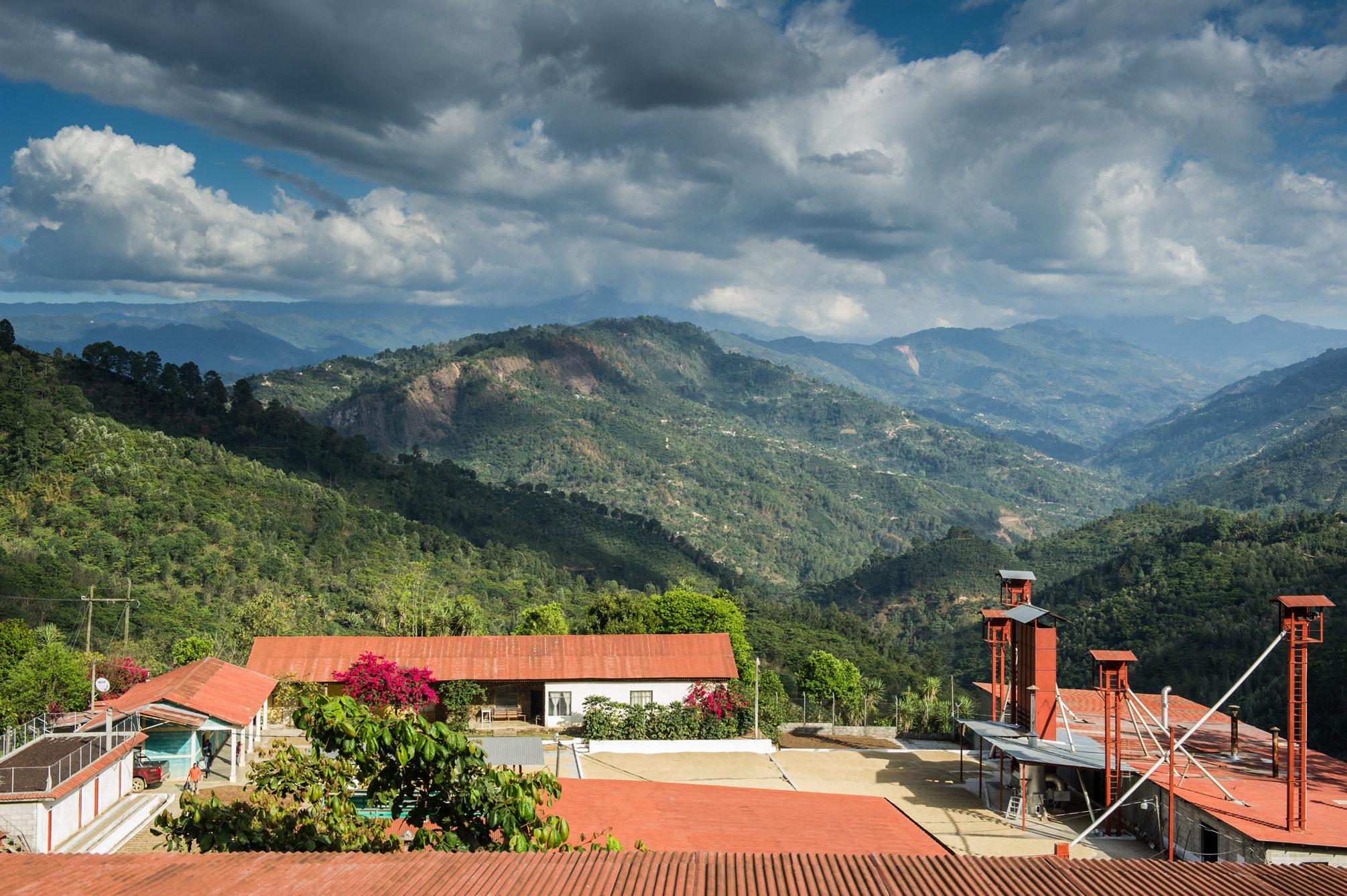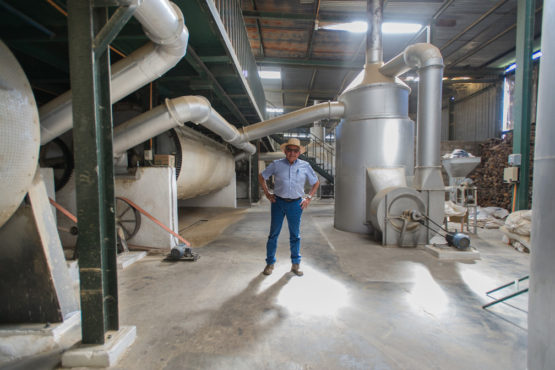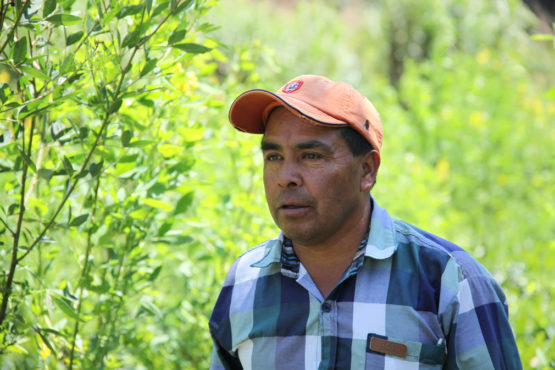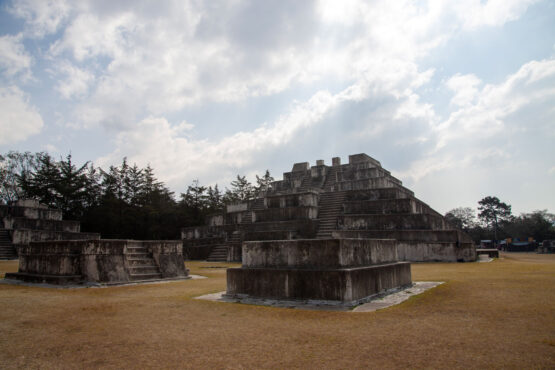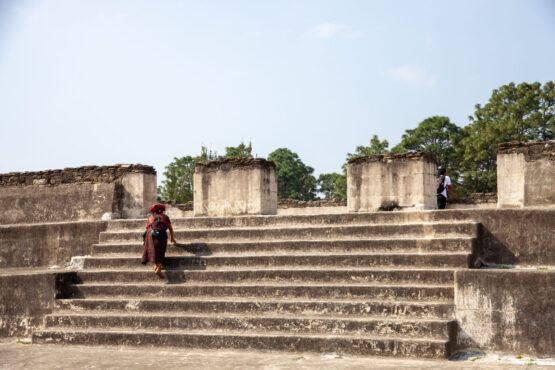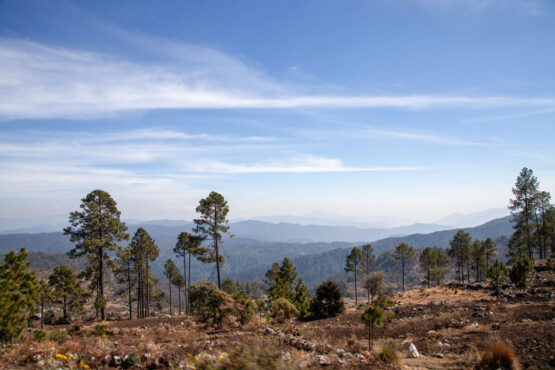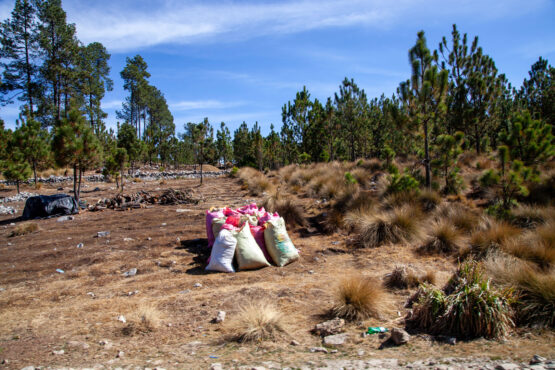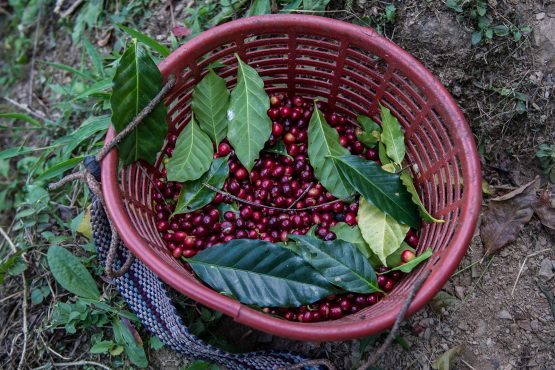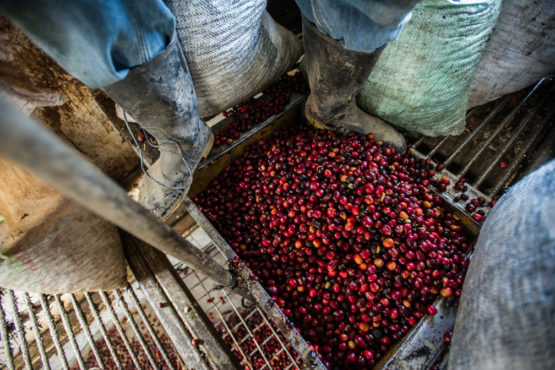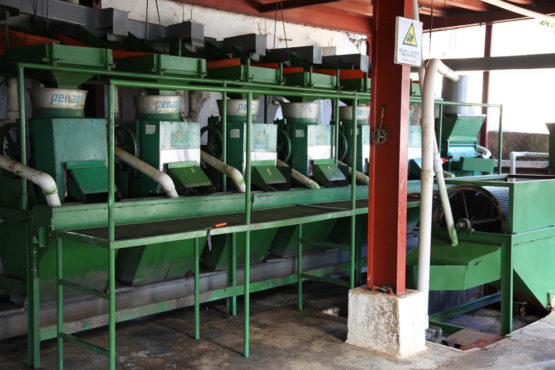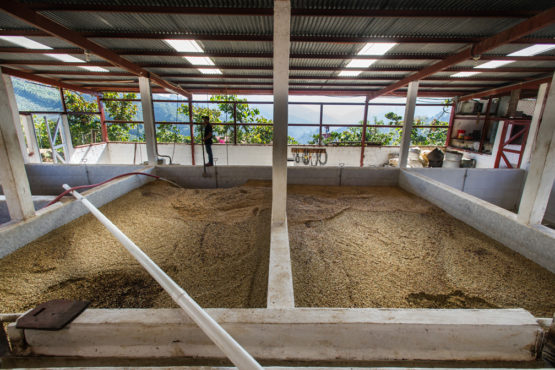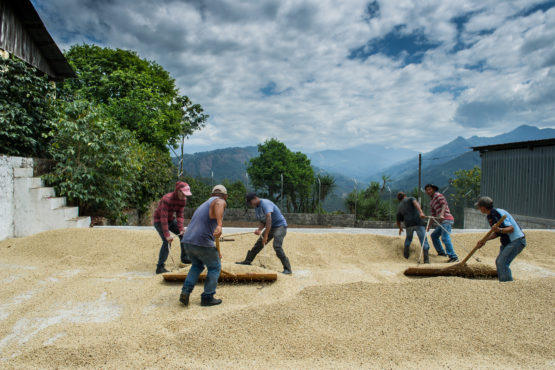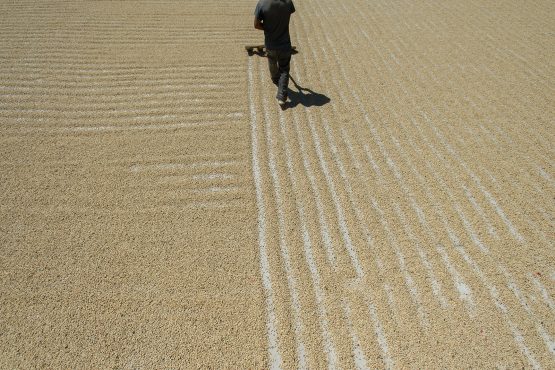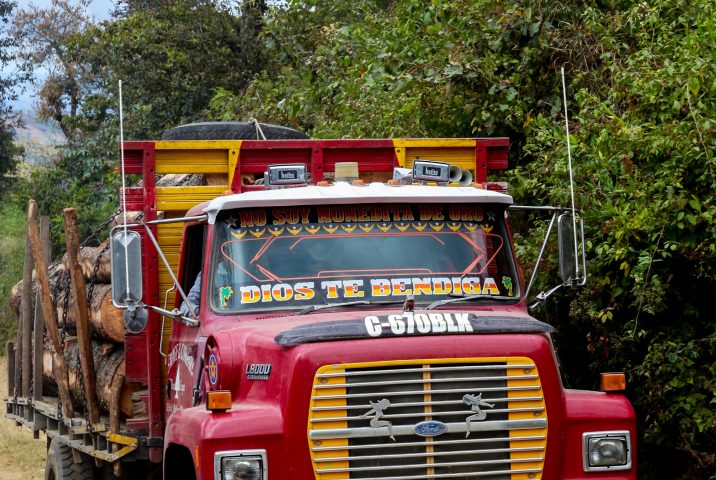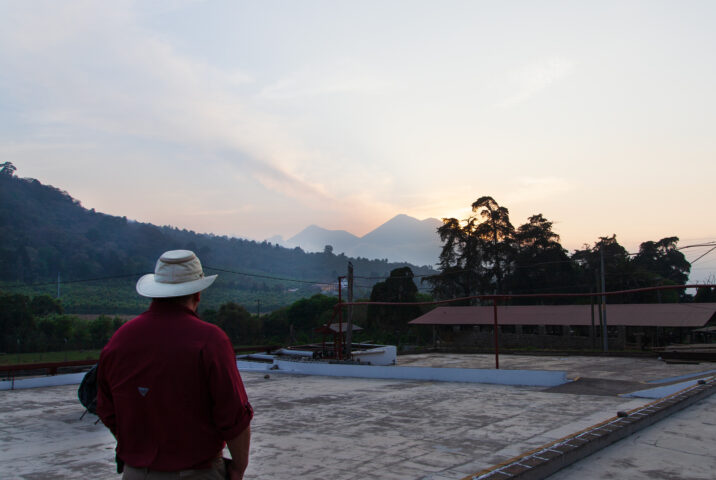La Providencia
Golden sultana, toasted hazelnut and milk chocolate. Well structured and balanced, with a creamy body.
La Providencia has been in the Palacios family since the 1950s, and in that time it has been passed down through three generations. Today it is owned and managed by Max Ariel Palacios Villatoro, who has been working on the farm since 1975.
La Providencia is 220 hectares in size and sits at an altitude of 1,550–1,950m above sea level. The topography is steep and irregular, making harvesting very labour intensive and time consuming. All of the coffee is picked by hand by a team of 100-250 seasonal workers, most of whom live locally and join the farm each year. They typically do a least four passes throughout the season (which typically runs from December–April) to ensure only the very ripest cherries are selected.
La Providencia is blessed with very good access to water, with several springs across the area, which is useful for processing and irrigation. The nature of the steep slopes and topography means that fertilisation of the clay loam soil must be done with stringent attention to detail in order to avoid erosion and soil ‘washing’. For this reason, native Chalum shade trees are planted throughout the plantation, and nearly one-third of the farm is dedicated to native forest, which helps prevent the soil from washing down the steep inclines, and also acts to preserve the local ecology and biodiversity.
Max, who is in his 80s, currently oversees all aspects of the farm, from its administration through to managing its agriculture. He is a highly experienced and dedicated coffee producer with over 40 years of experience, a deep love of the land, and a comprehensive knowledge of the region. Max is currently mentoring his two children, Ana Lucia and Javier to take over the farm. They both already play quite an active role in operations and support the administrative side of the estate.
ABOUT HUEHUETENANGO
Huehuetenango (or HueHue as it is often called) is a stunning region located in the west of Guatemala near the border of Mexico. HueHue is known for being home to the Cuchumatanes mountain range, the highest non-volcanic mountain range in Central America, and for its vast ethnic diversity, which includes the Mam, Q’anjob’al, Chun and Jakalteko people. Before the Spanish invasion, the region was known as Xinabajul, which translates to “between ravines” in the local Mam language and is a reference to the numerous cliffs and steep hills found throughout the department. Pre-colonisation, the region’s largest city was Zaculeu (found in the outskirts of modern Huehue City), which translates to “white earth,” and whose ruins can still be visited today.
The department is vast, and includes a number of types of terrain that are suited to different forms of agriculture, depending on the elevation. Corn is the main staple of the lower regions, which transitions into coffee the further up one goes, with local pine farmed throughout the entire department. Huehue’s coffee-growing regions produce some of the most complex and celebrated lots in the country, and the region frequently appear in the top ten of the Cup of Excellence competition. This is in part due to the incredibly high elevations that coffee can grow (up to 2,000m above sea level), thanks to the dry, hot winds that blow into the mountains from Mexico’s Tehuantepec plain and protect the region from frost. These high elevations combined with a relatively predictable climate make for exceptional quality coffee. The highest elevations in Huehue, above 2,100m above sea level, are quite dry and rocky, so most farmers dedicate themselves to growing potatoes and herding sheep, goats and llamas.
HOW THIS COFFEE WAS PROCESSED
At the end of the day, each of the workers delivers their carefully selected coffees to the beautifully maintained wet mill, which is located at the heart of the farm. This mill begins at a high point on the steeply sloped property and has been designed to take full advantage of gravity, using water to carry the coffee through the pulping process via a series of intricate canals to the drying patios below.
Here, the coffees are carefully hand-sorted and then weighed, and then pulped using Penagos Eco-Pulpers that reduce the environmental impact of wet processing by reducing water usage and waste. After pulping, the coffee is fermented for 30–32 hours and put through a washer to remove any remaining mucilage. It is then graded by weight in long channels and carefully dried — first on the farm’s pristine patios for at least eight hours and then in Guardiola driers for 24–26 hours. Throughout the process, Max also ensures that all organic by-products are recycled and reused and that all water is cleaned and treated to ensure the prestine waterways remain clean and unpolluted.
